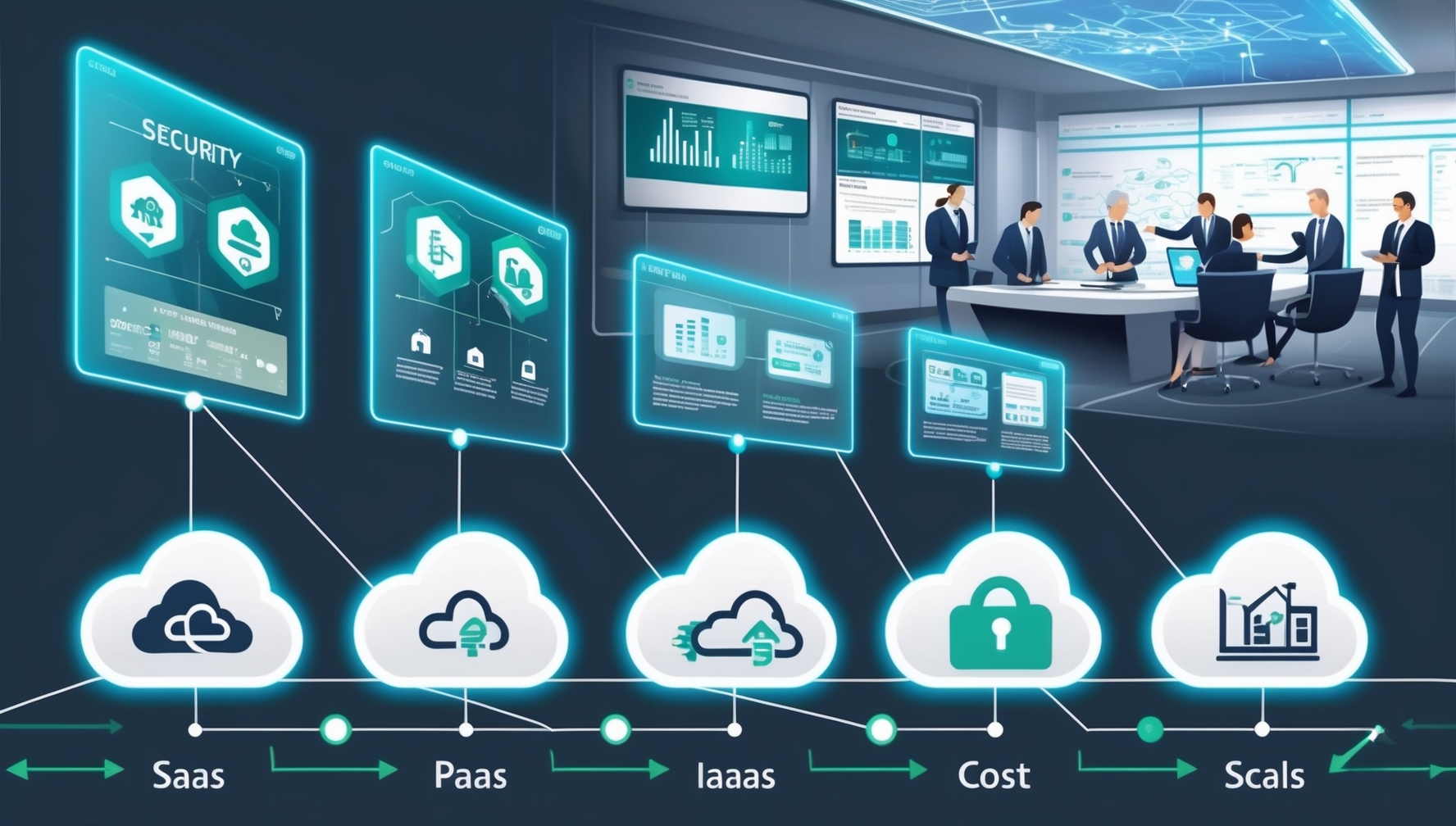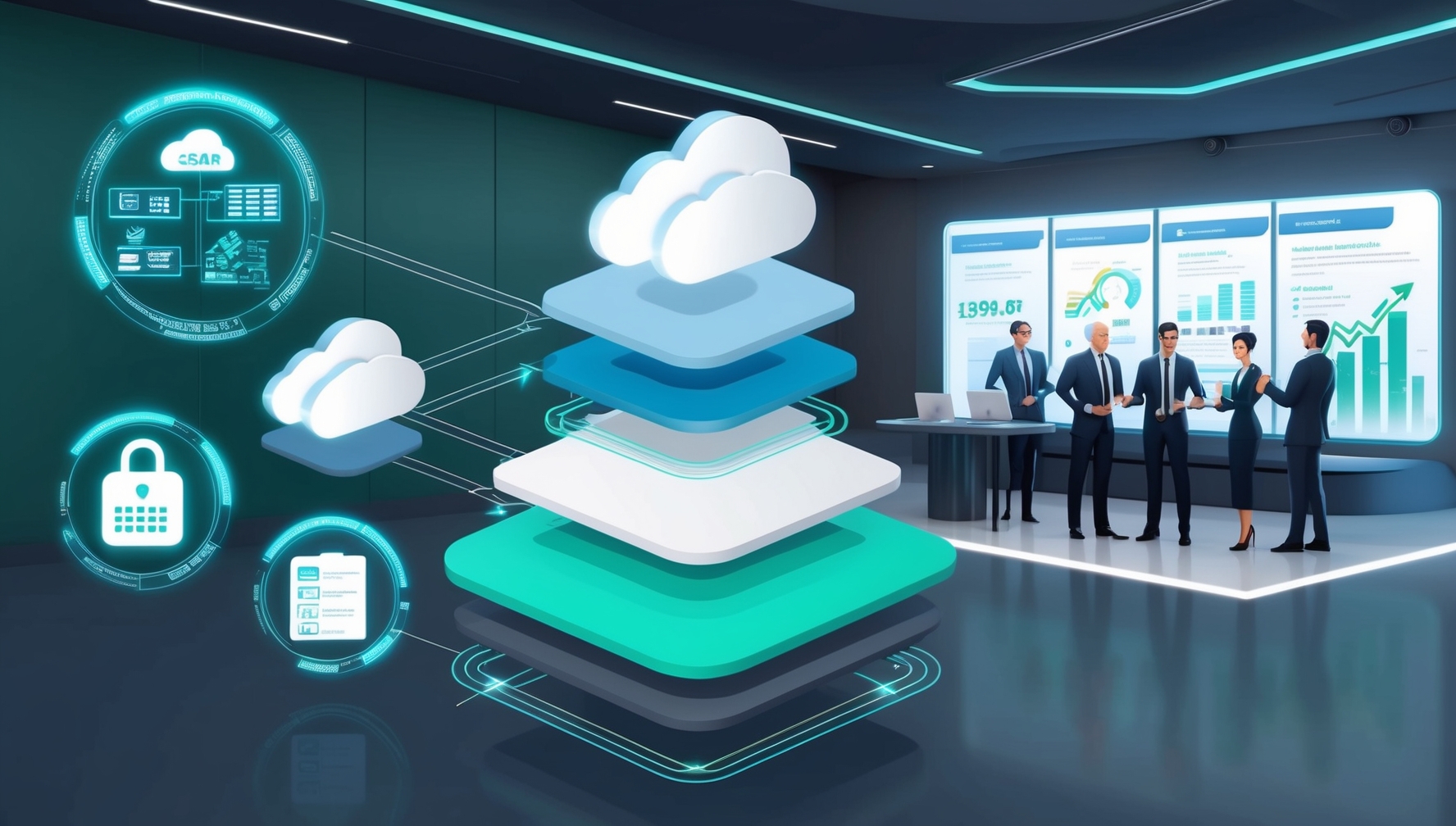Comprehensive Cloud Strategy Development: A Guide for Modern Businesses
This guide offers a deep dive into the importance and methodology of developing a cloud strategy, essential for modern business IT infrastructures.
This guide offers a deep dive into the importance and methodology of developing a cloud strategy, essential for modern business IT infrastructures.
A very good introduction to cloud computing: What is cloud computing? How is cloud computing different from traditional data center computing? Why is cloud computing important? Why migrate to the cloud? Which paths to take? Note: Vendor produced content contains a lot of product related information that you can skip
This guide offers an insightful exploration into cloud computing, highlighting its transformative effects on IT and providing a balanced view of its potential and challenges.
A concise presentation on cloud computing – good read to understand what all this fuss is about!

This Cloud Computing Overview offers insights into how government agencies and large organizations can harness cloud technology for IT transformation. It explores key characteristics and models, including Software as a Service (SaaS), Platform as a Service (PaaS), and Infrastructure as a Service (IaaS). The document also addresses deployment strategies and potential risks, such as data security and vendor lock-in. IT leaders will gain a comprehensive understanding of how cloud solutions can drive efficiency, enable scalability, and streamline infrastructure management, along with best practices for successful adoption.
This introduction to cloud platforms discusses the definition and use of cloud based applications and infrastructure.
This article defines cloud computing, discusses its advantages, debates issues with its adoption, and predicts its journey forward – a major disruptive force that will affect the distribution model for computing making it easier for small and mid sized businesses use technology to become more competitive.
This research paper proposes a new model for cloud computing services.

This Cloud Computing Overview offers a detailed look at the fundamental aspects of cloud technology, including definitions, service models (SaaS, PaaS, IaaS), and deployment strategies like public, private, community, and hybrid clouds. It explains how organizations can benefit from the flexibility and scalability of cloud computing while providing practical advice on managing risks like data security and vendor lock-in. IT leaders will gain valuable insights to guide their cloud adoption strategy and ensure compliance with regulatory standards.
This powerpoint presentation introduces cloud computing, highlights the risks associated with it, discusses how to monitor and control them using industry standard frameworks, and illustrates this with a case study.